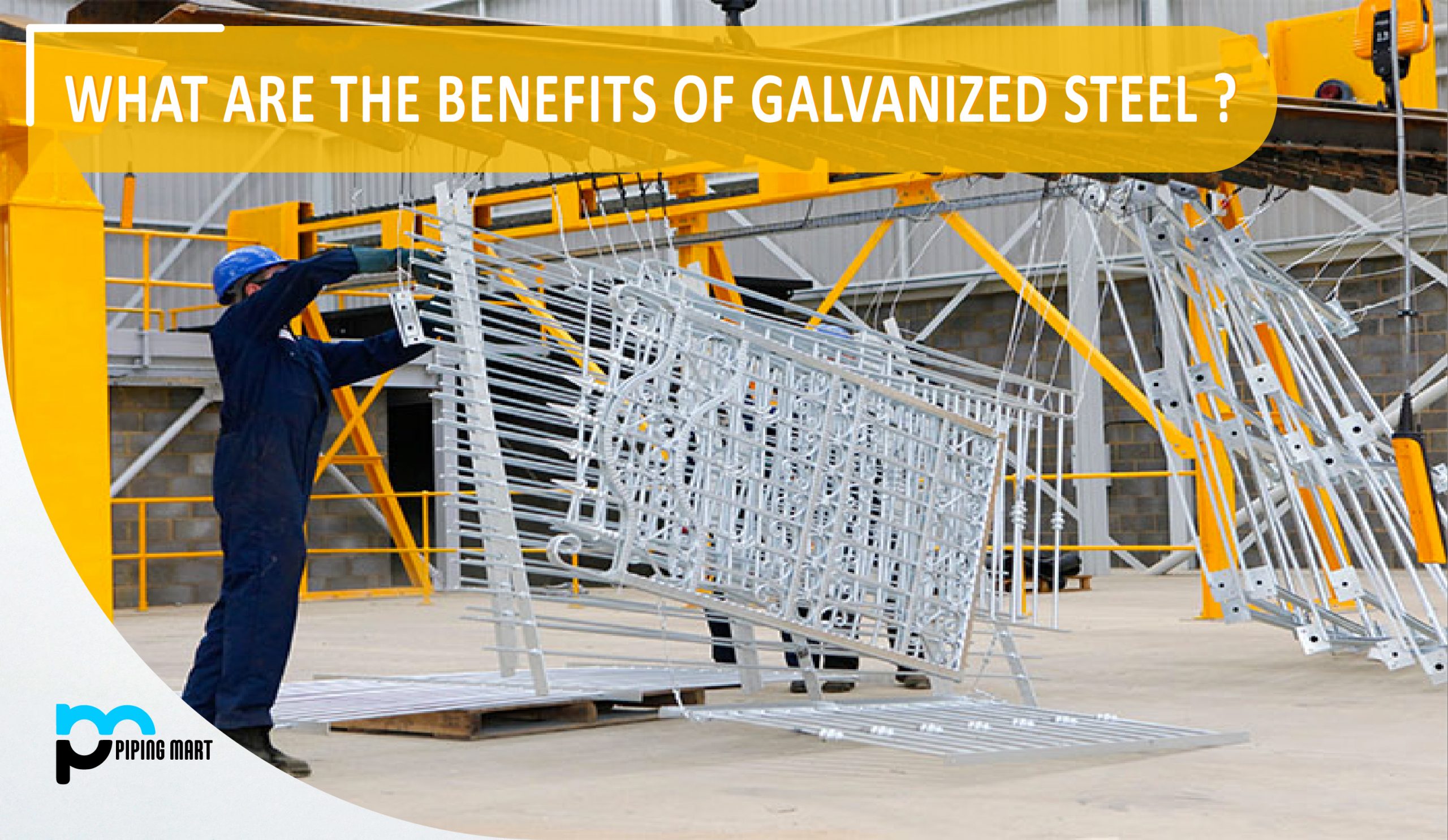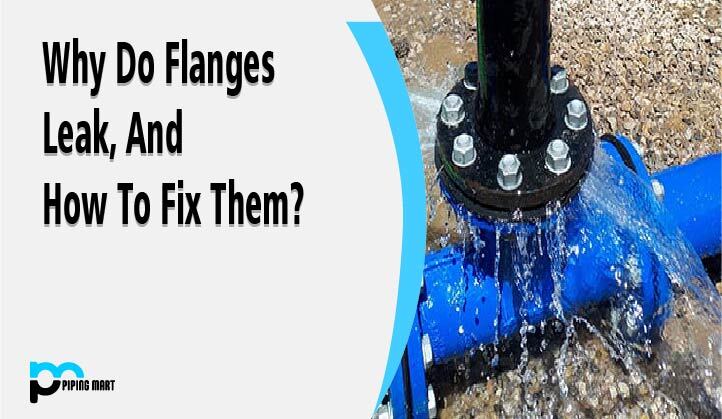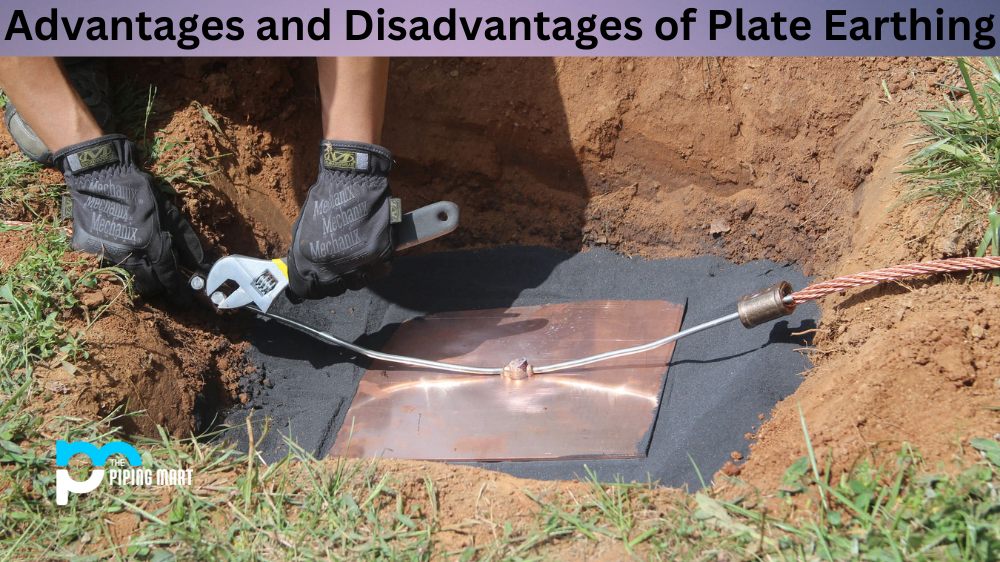Metals, particularly those with high iron content, are prone to corrosion. This is an occurrence in which the surface or the entire metal gets oxidized, causing it to start to deteriorate. Corrosion is a normal phenomenon that occurs as a result of long-term exposure to outside conditions such as oxygen. Manufacturers are turning to galvanize to preserve these metals since it is a cost-effective, low-maintenance, time-saving, and environmentally beneficial technique of coating metals together.
What is Galvanizing?
Galvanizing is a kind of metal coating process which includes putting a layer of zinc on various metals. The goal is to establish a long-lasting, corrosion-resistant covering on the material. There are several galvanizing processes available, but the most common is hot-dip or batch-dipping galvanizing, which involves submerging metal pieces in a molten zinc bath.
The metal piece or specimen must be properly surface prepared before galvanizing. This includes cleaning the substrate and making sure it is clear of dirt, dust, and grime that might interfere with the coating’s adherence.
Manufacturers will normally use a mild solvent-based wax cleaning that is applied with a towel and well dried before applying a uniform zinc coating. As a result, the metal is more robust and corrosion-resistant, which not only protects it but also extends its shelf life. Continue reading to find out more.
Advantages of Galvanized Steel
Durable Coating
As described, galvanized metals are significantly more durable than bare or mill-finished steel or iron. Galvanizing creates a robust layer that not only resists corrosion but also considerably enhances the metal’s lifespan. If steel is known to endure for up to 50 decades, galvanizing can increase its lifespan by 50 to 80 years.
Galvanized materials are also more impact-resistant, especially when subjected to specific environmental conditions. This makes galvanized steel a good choice for construction projects – construction companies gain profit by making use of high-quality materials to assure effective building outcomes while avoiding rework.
Lower Maintenance
Mill-finished steel may require time-consuming maintenance activities. Because of the high iron content of this type of metal, corrosion resistance is not always guaranteed. As a result, every industry that employs steel or iron in its operations must perform routine maintenance operations, such as painting or applying a dry coating, to preserve the material.
Galvanizing requires relatively little maintenance since it ensures the quality of galvanized coatings. Unlike powder coating, which must be scraped off and re-coated after a while, galvanizing requires far less care. This is significant for many sectors since they have more time and energy to devote to key areas of their operations.
Cost-Effective
Less maintenance is required, which ultimately leads to cost-effectiveness. Those that use galvanized metal products in their operations benefit from lower costs for coating materials. They will also not have to spend on any secondary or post-processing methods to assure the quality of their galvanized goods.
Galvanizing has been the preferred method over other forms of coating since the procedure is very straightforward, raw ingredients are easily available, and prices are reasonable.
While aluminum is a less expensive option for corrosion-resistant materials, it may have limitations in terms of strength. Meanwhile, stainless steel may be costly and impracticable for small applications, therefore galvanized steel is the most cost-effective option.
All-Around Protection
Galvanizing involves fully submerging all parts of the steel or metal in a molten zinc bath, providing complete and all-around surface protection. Even unreachable parts of the metal can be coated if the proper surface preparation is done.
In galvanizing, zinc also functions as the metal’s “sacrificial anode.” Even if the coating is scratched, the look and functioning of the coated steel will not be affected. This is because the residual zinc will still be able to protect the whole steel surface.
Eco-Friendly
Steel, in its most basic form, is already environmentally friendly; it can be reused endlessly without losing any of its inherent characteristics. Furthermore, steel manufacturing has grown less resource-intensive and more sustainable in recent years, resulting in less waste and overall improved productivity.
Zinc galvanizing has also evolved into a more dependable and ecologically friendly means of preserving metals such as steel. Because it can coat all surfaces of a metal, it produces little waste, considerably lowering the quantity of scrap metal that ends up in a landfill.
Galvanization also does not produce any VOCs (Volatile Organic Compounds), which are known to increase greenhouse gas emissions, leave a large carbon footprint, and even harm human health. As a result, the procedure is more sustainable and in line with today’s renewable and modern manufacturing processes.
Can Be Inspected Easily
Finally, galvanized coatings are simple to examine and do not require complicated machinery. Metal fabricators and manufacturers that want to employ galvanized metals for assembly can already rely on visual examinations. It is also feasible to use a variety of non-destructive testing techniques to ensure that the material complies with galvanizing standards for further quality assurance.

Pipingmart is B2B portal specializes in industrial, metal and piping products. Also, share latest information and news related to products, materials and different types grades to help business dealing in this industry.




